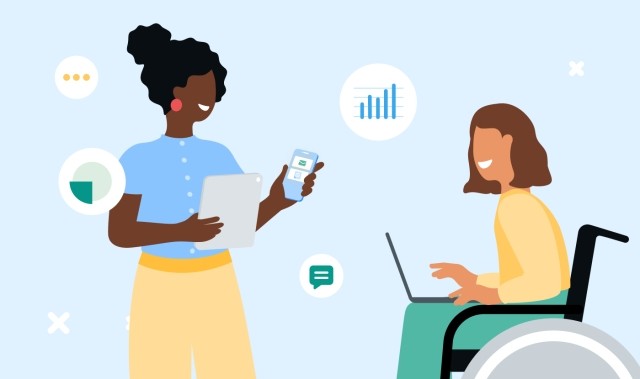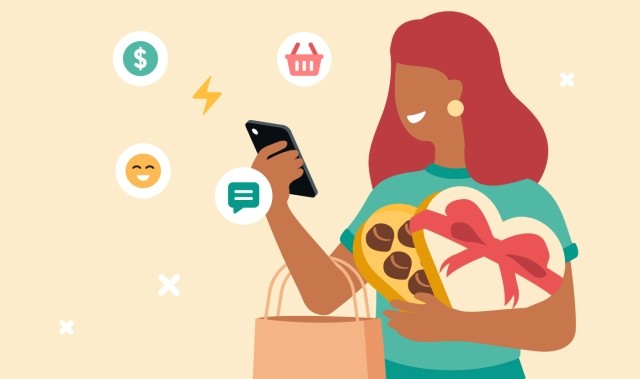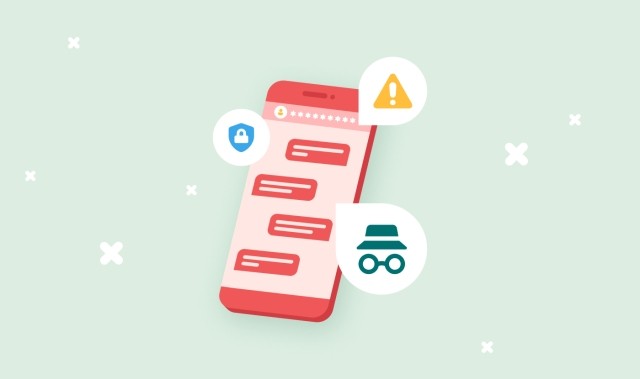You may have seen a lot of information circulating in the US about 10-Digit Long Codes over the last few months. Long Numbers have been around for a long time and are nothing new in the messaging industry, so why are they being talked about so much now? 10DLC is the acronym assigned to the carrier sanctioned long code traffic.
First, 10DLCs are set to become more important in the US market than anywhere else, as the use of shared Short Codes across multiple clients and binds for A2P (Application to Person) traffic has caused many compliance issues that resulted in blocking/suspension of all clients on the code.
With 10DLCs are due to kick off in 2019, we held a webinar in October 2019 taking a deeper dive into them. Click here to access the recording.
Please note that the majority of Short Codes in use today are dedicated Short Codes - these will not be impacted.
What’s the difference between Long Codes and Short Codes?
The main difference between these two sender types is how they’re intended to be used. Long Codes were designed to support P2P (Person to Person) messages – with a relatively low throughput of messages. Short Codes (SC) were designed to support A2P (Application to Person) bulk, higher throughput messaging - this a pre-approved route, which eliminates filtering.
Over time, demand for and use of messaging channels has changed. A2P messages are being sent on Long Codes, and some Short Code based campaigns support P2P like experiences with the application only hosting the consent and communication experience. The carriers have stepped in to get better control of the traffic on their networks in effort to increase security and deliverability.
What’s the problem with shared Short Codes?
Truth is, shared Short Codes have earned a bit of a reputation over the years, here’s why:
- Sharing: Short Codes are sometimes shared between thousands of different businesses, each operating via their own unique keyword to separate traffic. If managed improperly, this can often result in a poor user experience, as well as making it difficult to manage opt in / opt out status. Another drawback with sharing a Short Code is that, if a business using the same code as you is found to be sending spam and is blocked, everyone using that Short Code will be impacted
- Fraud: Shared Short Codes are often used by fraudsters to send spam, junk messages, or phishing attempts. They’re also a great place for fraudsters to hide – it’s much easier to disappear in amongst thousands of other businesses if they’re on a shared Short Code
Carriers want to weed out these bad actors and add a layer of accountability that shared Short Codes are unable to provide. With 10DLCs, each business would have their own dedicated number(s) – so accountability issues disappear. Each business would be vetted.
What are the benefits of a 10DLC?
- It’s a cost effective and localised way to speak to your audience, meaning you can leverage local brand recognition via an existing voice number already assigned to your business
- There will be an increased throughput compared to today
- Support for voice calls, so you can send text messages to your customers and they’ll be able to call you back on the same number if that suits them better than replying by text
A2P 10DLC will enrich engagements, which we love to do!
When is this change going to happen and what do I need to do?
Verizon will be first to screen and possibly block A2P traffic running on Long Codes. Other carriers are expected to follow soon after. Get in touch with your Account Manager and Sinch’s compliance experts to discuss what the best solution might be for your existing shared Short Code.



